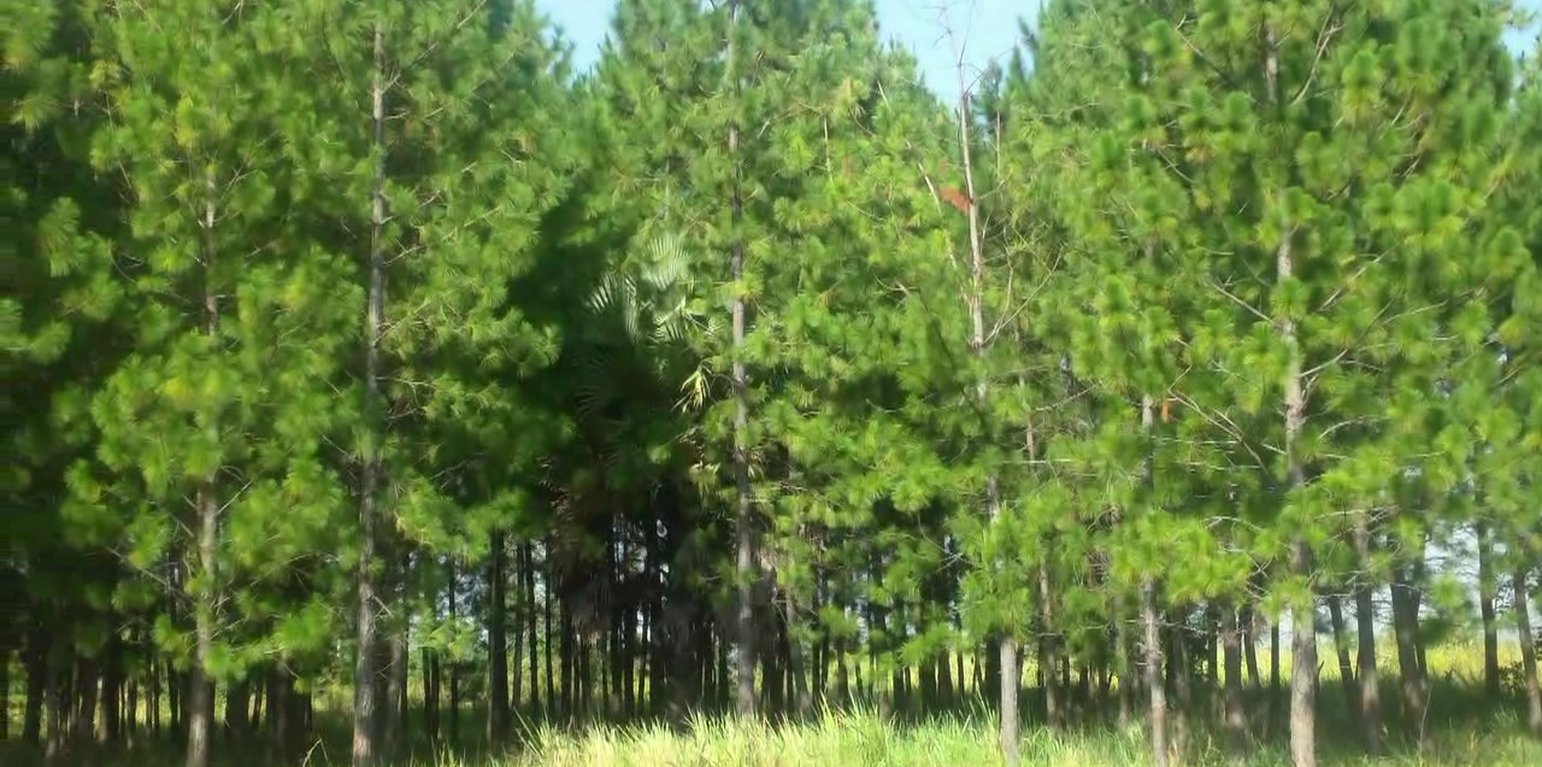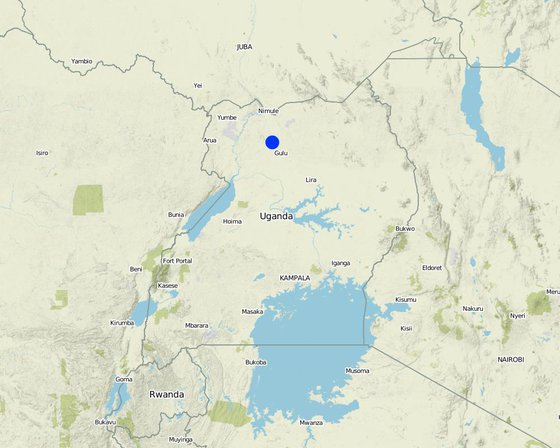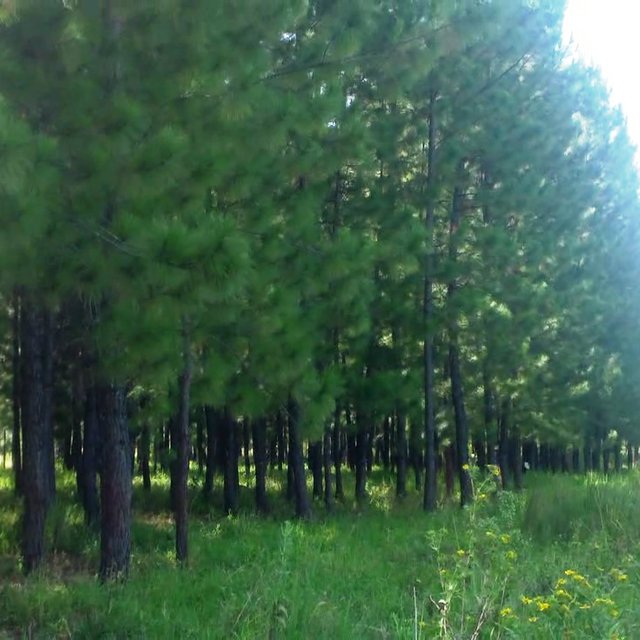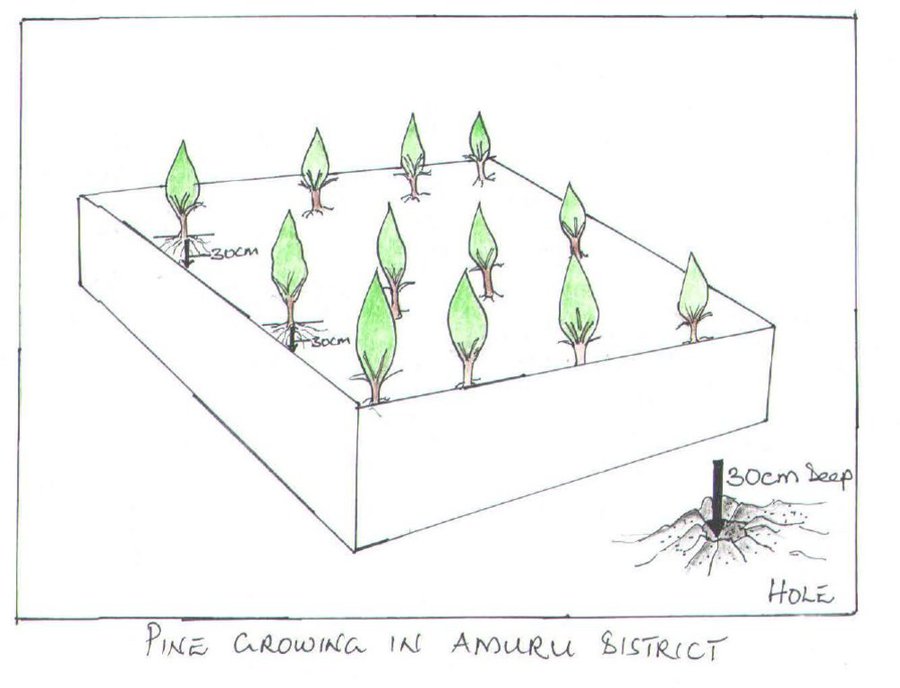



To establish this technology, the farmer excavates a hole and wait for 4-6 days to allow air that can burn the seedlings first get out and then plant the seedlings. If the planting is done during the dry season, it is important that the farmer water the seedlings regularly to avoid drying.
The activities involved in establishing this technology include: (1) Looking for suitable land to establish the technology (2) Looking for labor, and appropriate seedlings and tools to use, (3) Identifying the expert/ trainer to train on how to plant and the right spacing (4) Digging the holes (30cm deep) and waiting for 4-6 days before planting. It is important that the farmer weeds the plantation if weeds develop.
Pinus caribaea is an important forest plantation tree that is fast growing, tolerant to poor soils which don’t retain water and nutrients and often drains too well that may cause the roots to rot or fail to develop and its wood can be milled into timber, pulped or used as poles. The common inputs required for establishing such a technology include a hoe, a panga, a planting string, seedlings, and a trainer.
This technology is easy and cheap to maintain once established. It is good for timber, firewood and environmental conservation with the costs of buying seedlings and payment for labor being high at the time of establishment compared to the costs of recurrent maintenance activities.
What is not liked about this technology is that the benefits are realized after a long time. Secondly, pine is not a source of food until when it is sold and cash is used to buy food unlike fruit trees such as mangoes and oranges.

Location: Amuru District, Northern Region,Uganda, Uganda
No. of Technology sites analysed: single site
Spread of the Technology: evenly spread over an area (approx. < 0.1 km2 (10 ha))
In a permanently protected area?:
Date of implementation: 2015; less than 10 years ago (recently)
Type of introduction









| Specify input | Unit | Quantity | Costs per Unit (UGX) | Total costs per input (UGX) | % of costs borne by land users |
| Labour | |||||
| Labour | persons | 10.0 | 5000.0 | 50000.0 | 100.0 |
| Equipment | |||||
| Panga | Pieces | 1.0 | 7000.0 | 7000.0 | 100.0 |
| Hoe | Pieces | 10.0 | 10000.0 | 100000.0 | 100.0 |
| Panga | Pieces | 3.0 | 7000.0 | 21000.0 | 100.0 |
| Plant material | |||||
| Seedlings | Kgs | 4000.0 | 2500.0 | 10000000.0 | |
| Construction material | |||||
| Bamboo- bundles | Bundles | 1.0 | 15000.0 | 15000.0 | |
| Other | |||||
| watering can | Pieces | 3.0 | 25000.0 | 75000.0 | |
| Total costs for establishment of the Technology | 10'268'000.0 | ||||
| Total costs for establishment of the Technology in USD | 3'020.0 | ||||
| Specify input | Unit | Quantity | Costs per Unit (UGX) | Total costs per input (UGX) | % of costs borne by land users |
| Labour | |||||
| Labour on monthly basis | Persons | 10.0 | 150000.0 | 1500000.0 | 100.0 |
| Total costs for maintenance of the Technology | 1'500'000.0 | ||||
| Total costs for maintenance of the Technology in USD | 441.18 | ||||
from the planted pine trees.
Due to prunning.
Slashing and weeding.
for labours.
From the sale of timber and fuel wood.
Timber and fuel wood.
Planting, watering, thinning and pruning and harvesting.
Where the pine trees are planted.
Due to planted trees.
Especially where the trees are planted and was originally degraded.
Causing serious problems to natural habitat.
Due to Invasive species.
If not protected with fireline.